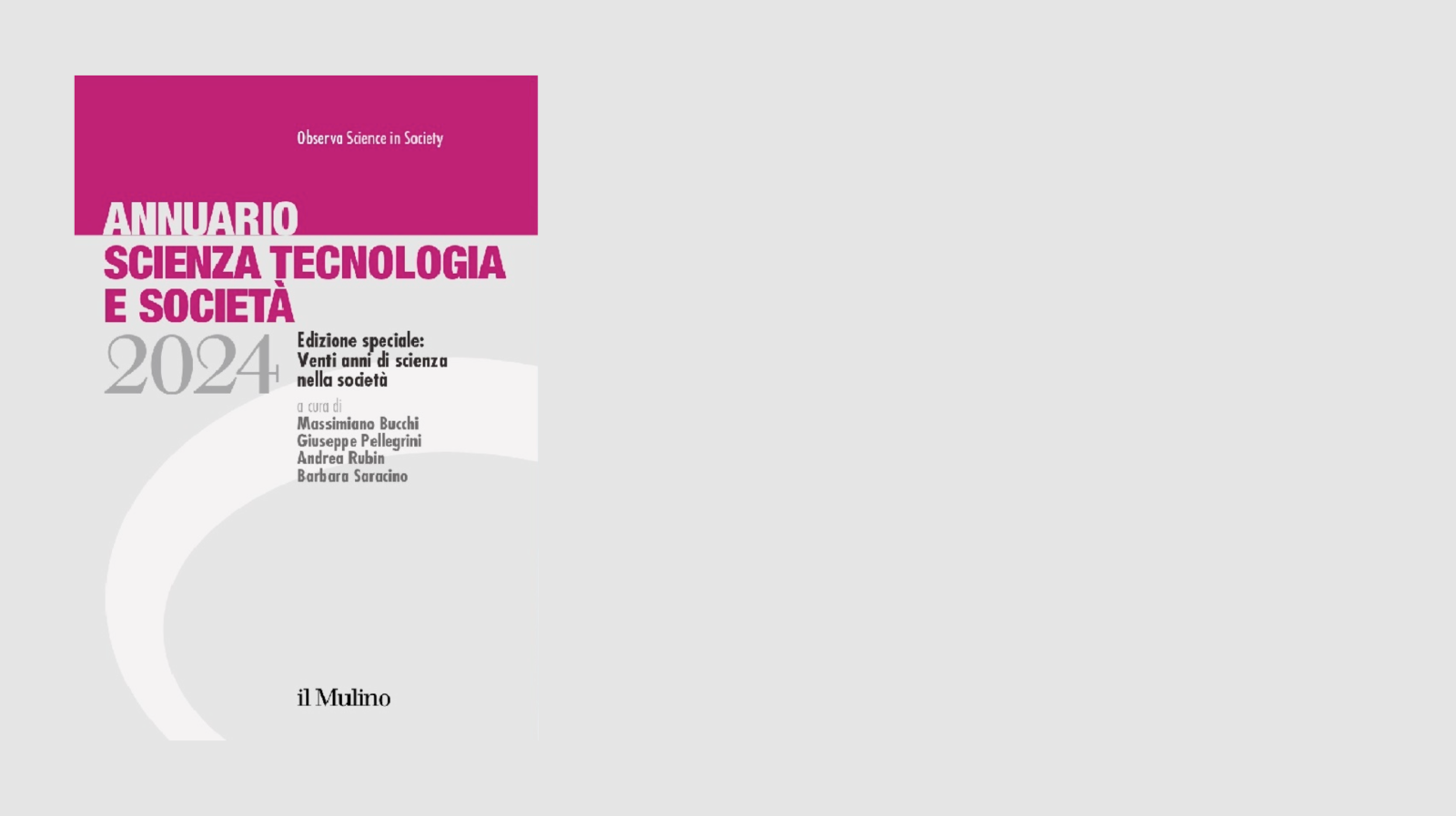“The food and drink industry is the largest manufacturing industry in the European Union, generating turnover of €956 billion in 2010”, as claimed by the European Union itself. More than four millions Europeans work inside one of the 310.000 food enterprises (both primary and transforming). Nonetheless, 95% of these firms are composed by small or medium enterprises, which have less than 20 workers. In other words, they are too small to carry on strategic R&D policies: investments in the food R&D sector represent just 1.05% of the entire net turnover.
Despite being fragmented and investing so little, since 2010 the European Union is a net exporter of agricultural products, mostly final products. We have a profitable food industry, but with low investments in R&D. Moreover, experts say that a large amount of greenhouse gasses production comes from the food sector. Given these figures, the European Union is trying to solve this paradox through Horizon 2020. Will Italy take the opportunity?
Horizon 2020
The European Union has prospected to invest €248 million in 2014 and 2015 in food and drink industry through Horizon 2020, the new research investment program. At first sight, €248 million could seem an enormous budget. But actually, looking at the figures, it is not: the EU will spend just 5% of the 2014 budget in food and agricultural researches.
Anyway, the food issue is housed in the Horizon 2020's “Food security, sustainable agriculture and forestry, marine and maritime and inland water research and the bioeconomy” program. The program's aim is to “contribute to securing sufficient supplies of safe, healthy and high quality food and other bio-based products, by developing productive, sustainable and resource-efficient primary production systems, fostering related ecosystem services and the recovery of biological diversity, alongside competitive and low carbon supply chains. This will accelerate the transition to a sustainable European bioeconomy, bridging the gap between new technologies and their implementation”. The effort is based on the fact that most of the entire supply chain in food industry is made by small and medium enterprises, which suffered the most from European economic turbulences. Someone could say that Horizon 2020, in this sector, is another way to subsidize agriculture and food industry – an issue that has always created problems with non-EU partners.
Italy between European grants and the Milan Expo 2015
Will Italy take advantage of Horizon 2020? Looking at past experiences, the answer would seem to be “no”. Italian food industry reflects the average European situation: 96% of the business is carried on by small and medium enterprises (similar to France, but higher than UK and Germany). Often, in Italy, the food issue is linked with cultural matters: Italian traditional cuisine is famous all over the world, and is known for being particularly healthy. But consumers’ habits are changing, as 26% of Italian teenagers (5-17 years old) suffer a form of obesity. Biotechnology and other innovation in the sector could improve business performances and fight obesity, but actually the efforts of the Italian institutions towards these two goals are weak.
The Italian participation in the food sector of the 7th Framework Program had been very frail. The success rate of Italian coordinators' approved proposals had been just 9%, putting Italy as the fifth country after UK, France, Germany and Netherlands. Universities have been the 66% of the winning coordinators, underlying the fact that small enterprises cannot or do not want to carry on research in food industry: as a matter of fact, none of the Italian enterprises in the sector have won a grant as coordinator.
As said before, Italy is the place where food and agriculture are the baselines of the national identity. Rejecting the advantage of this great tradition during H2020 will be not only a missed opportunity for Italian researchers, but a heavy loss in terms of health, innovation and economical revenues. The new Minister of the Agriculture Policies, Maurizio Martina, has a great opportunity to make the difference. Especially now, as Milan will host the Expo 2015, which is focused on the food issue.


